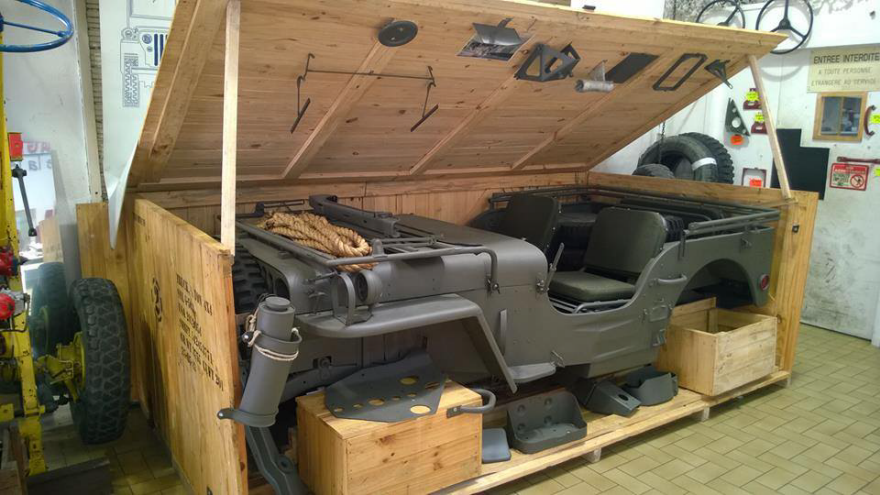It's no secret cannabis consumption is becoming more and more mainstream. Over here in the US, we're seeing laws changing and joints freely blazing. In response to this transition, designers have been able to express their curiosity around the emerging—and quite profitable—market. From designing packaging for edibles to crazy dispensary interiors, there seems to be an overall excitement around creating an updated image of marijuana that's widely accepted, yet individual enough to reflect the substance's longstanding multiple identities, including rebellious, medical and meditative. This is no easy task, considering everyone smokes different ways for different reasons.
PAX Labs is one company aiming to erase the stigma around smoking through their sleek form design and packaging. The latest vape in their collection, the PAX 3, is able to handle both loose leaf and concentrate, expanding on the PAX 2's strictly loose leaf capability. The vape's many functions are all wrapped up in one small device with minimal attachments. Here's a run-down of how it looks and works, from start to smoke:
Packaging
Right off the bat, the PAX 3's packaging design lets you know what you're in for from a design standpoint. The minimalist, Apple-like packaging design sets everything up neatly—you almost don't want to touch the box's contents, similar to when you get a new Macbook. I usually find that the more minimal an object is, the more overwhelming it is to figure out due to hidden/toned down buttons, knobs, etc. Luckily, this was not the case with the PAX 3, although I did scratch my head for a few minutes before completely unboxing the tiniest parts.
Form
The vape itself is shiny but discreet enough to carry in public, however it's a bit too chunky to fit comfortably in your pocket like earlier Pax models (especially not in women's skinny jeans, but hey, nothing does anyways).
In terms of accessories, the pickings are blissfully slim. There's the actual vape, the charging bed and cord, a silicon mouthpiece, two base attachments for loose leaf (one is deeper for when you want to smoke less substance), one base attachment for concentrates, a multi-tool packing device on a keychain (convenient), a couple extra filters, a replacement band for the concentrate attachment and a maintenance kit for cleaning. That's it.
![]() Magnetic closure at base with loose leaf attachment.
Magnetic closure at base with loose leaf attachment.Along with its discreet qualities, my favorite part about the PAX 3's design is its magnetic base attachments. The magnets are weak enough to easily snap off but strong enough so you don't need to worry about the bottom falling off while in use. Because of the magnetic attachments, nothing protrudes off of the device, making it sturdy and easy to throw in a pocket, or in my case a handbag, without any concern.
UX
I made it my goal to try setting up the vape without using the manual. Keep in mind, I'm the type of person that stares at IKEA manuals for hours before breaking out the screwdriver. After a couple of minutes spent fidgeting, I was able to master all the attachments, the loading process and charging. For a minimal device, the PAX 3 is very intuitive. Since there are no visible buttons, though, I had to turn to the manual to switch it on. As it turns out, the on/off/temp control button is on the tip of the mouthpiece.
![]() Heating up.
Heating up.![]() Good to go after about 15 seconds.
Good to go after about 15 seconds.Turning the device on and off takes one click. When you turn it on, the lights on the PAX logo will flash purple. Once they turn green, in about 10-15 seconds, the device is heated and ready to go. To adjust your temperature (there are four temperatures pre-installed in the device), hold down on the button for two seconds while the device is still heating. Each temp setting has a different color, so it's simple to navigate between them. To check battery life, shake the device and the logo's lights let you know how much life is left (one bar for 25%, 2 bars for about 50%, etc.)—this feature is particularly nifty.
One thing I'm still not sold on is the button placement. On one hand, it's nice because there aren't any buttons on the device to accidentally hit while smoking. The only issue: I'm a germaphobe when it comes to hands. Especially if I'm sharing my device on the go, I don't want peoples' grubby fingers all over my mouthpiece. You don't actually need to press the button before smoking. Since there's a rainbow light show whenever you press the button, though, I'm sure non-owners will be all about pushing it for no reason.
![]() When it's actually plugged in and charging, the light will glow white.
When it's actually plugged in and charging, the light will glow white.Charging the PAX 3 is easy if you have easy access to a USB port. The vape rests comfortably on a charging pad, similar to how you'd charge an Apple Watch.
There's an accompanying app for the vape to help customize your experience a bit more, mostly through heat settings. I'm not an app person, but the UI on this one is straightforward and easy to navigate, so I give it a thumbs up. Creating your own heat setting is a neat feature once you use the device enough to gauge your temp preferences.
Now for the fun part. I can't confirm or deny that I tried the PAX 3 because my mom might read this. Theoretically, if I did test it out (wink, wink) I'd say it was easy to load, easy to smoke, easy to carry around on-the-go and easy to clean after use thanks to the included maintenance kit. Even when fully heated, the device barely feels hot to the touch. Overall, a great user experience, coming from someone who's had bad experiences with vape design before. The best part? I don't think it will break anytime soon like the ones I've used in the past. And if it does, the sucker has a 10 year warranty. Sorry, mom.
Bringing minimalist design to the vape/e-cig movement may not seem like a huge deal, but when previous vape designs scream 'YEAH I VAPE' to everyone within a 10 foot radius, it does make a difference. So much of a difference, you probably won't even notice—literally. As vapes becomes more of the norm, so do their designs, which may not be a bad thing as long as form and function still get along swimmingly.
![]() #vapelife without a PAX 3 (intense gaze, intense tux, intense vape)
#vapelife without a PAX 3 (intense gaze, intense tux, intense vape)![]()









































































































































